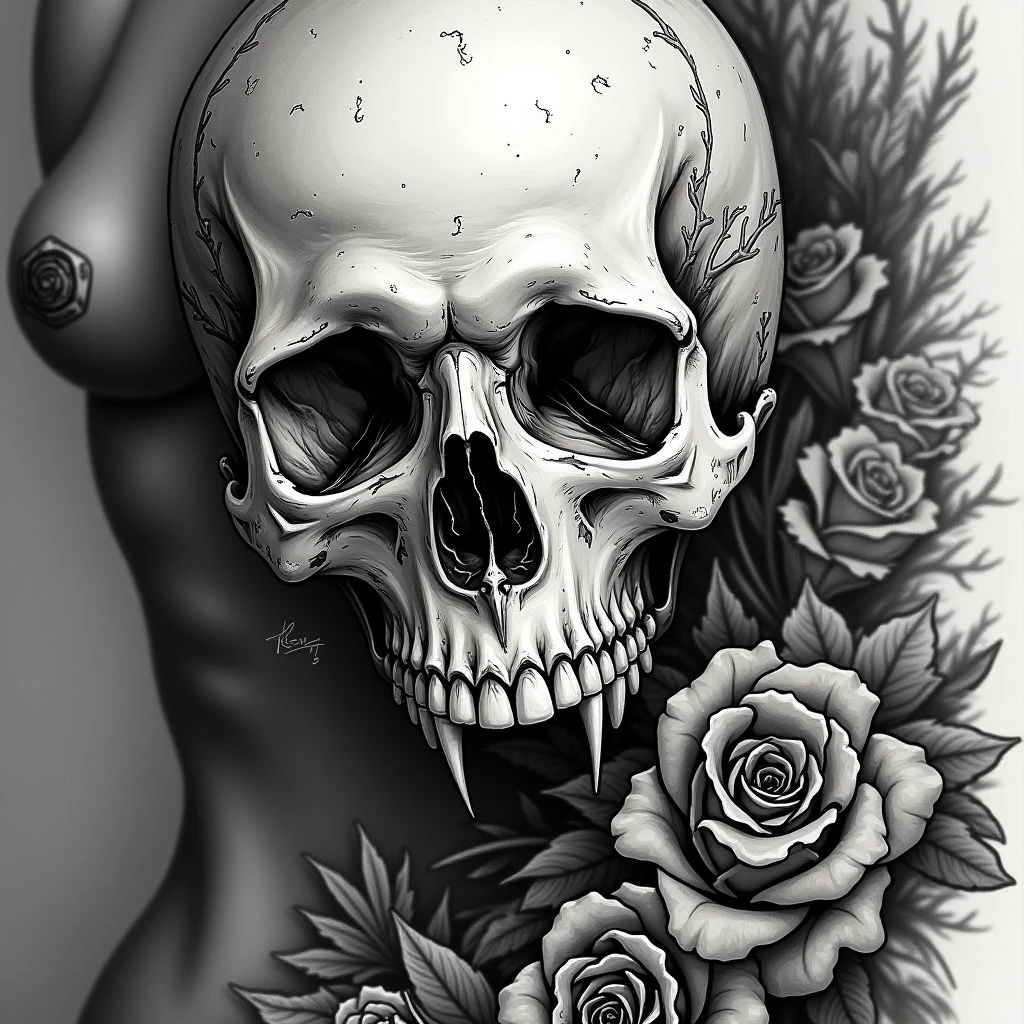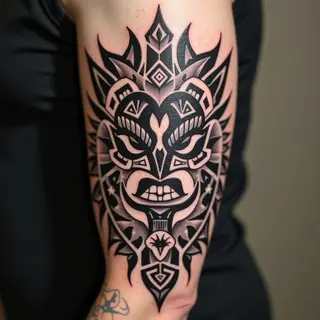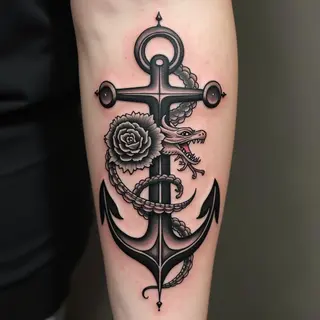The Meaning Behind Skull Tattoos
The skull—it’s a stark reminder of mortality, carrying deep symbolism across cultures and throughout history. But what does it really signify when someone chooses to make this image permanent with a tattoo? Let's explore the captivating world of skull tattoos.
A History Etched in Bone
Historically, skulls weren’t always linked to negative connotations. Ancient civilizations like the Aztecs and Mayans incorporated them into rituals—a way to honor ancestors and recognize life's cyclical nature. Think about it: pirates even used skull imagery as a symbol of defiance against authority, sending a clear message to their rivals.
Modern Interpretations: Rebellion & Remembrance
Today, skull tattoos embody a wide spectrum of emotions and beliefs. They resonate with those who embrace counter-culture aesthetics—a visual declaration of rebellion, individuality, and a rejection of conventional norms. For others, they’re deeply personal memorials for loved ones lost, serving as a constant nudge to appreciate life.
Design Variations & Their Meanings
The specific style of the skull tattoo also shapes its meaning. Here's a breakdown:
-
Traditional Skull
Represents mortality and an acceptance of death.
-
Sugar Skull (Dia de los Muertos)
Celebrates life and honors deceased loved ones, often bursting with vibrant colors and floral designs.
-
Skull with Roses
Combines themes of beauty and decay—a visual reminder that all things are fleeting.
-
Skull with Wings
Symbolizes freedom from earthly constraints and a sense of spiritual ascension.


